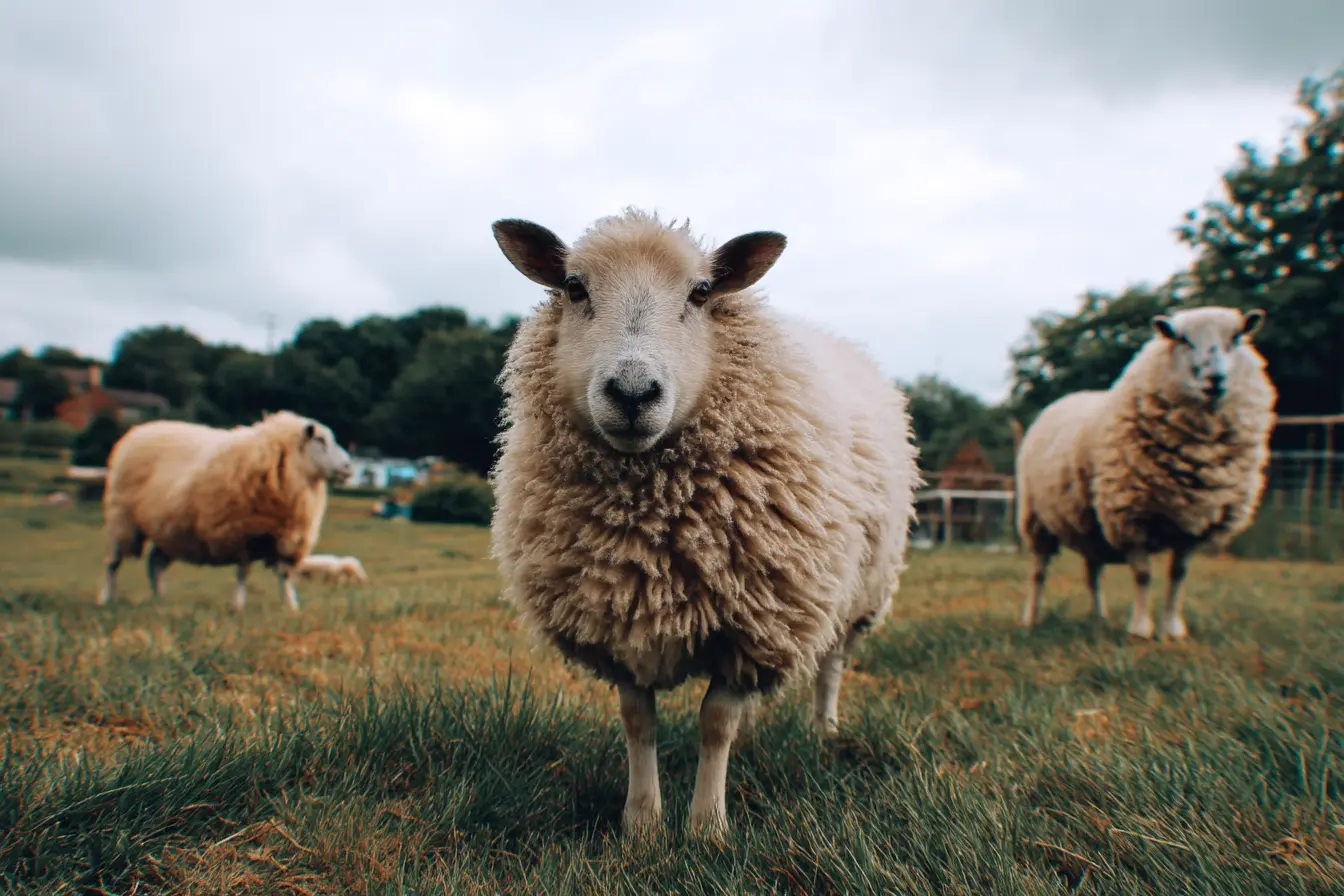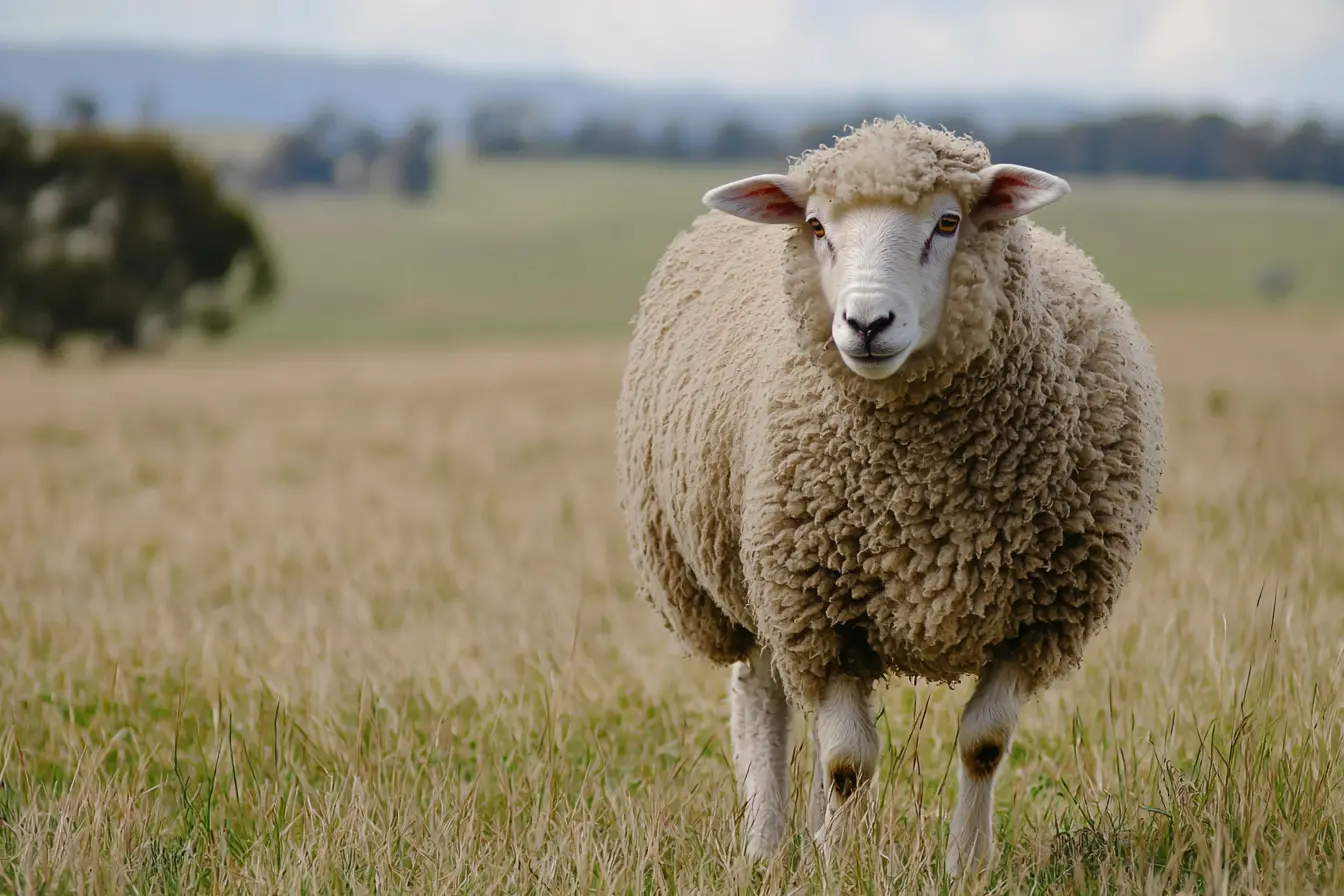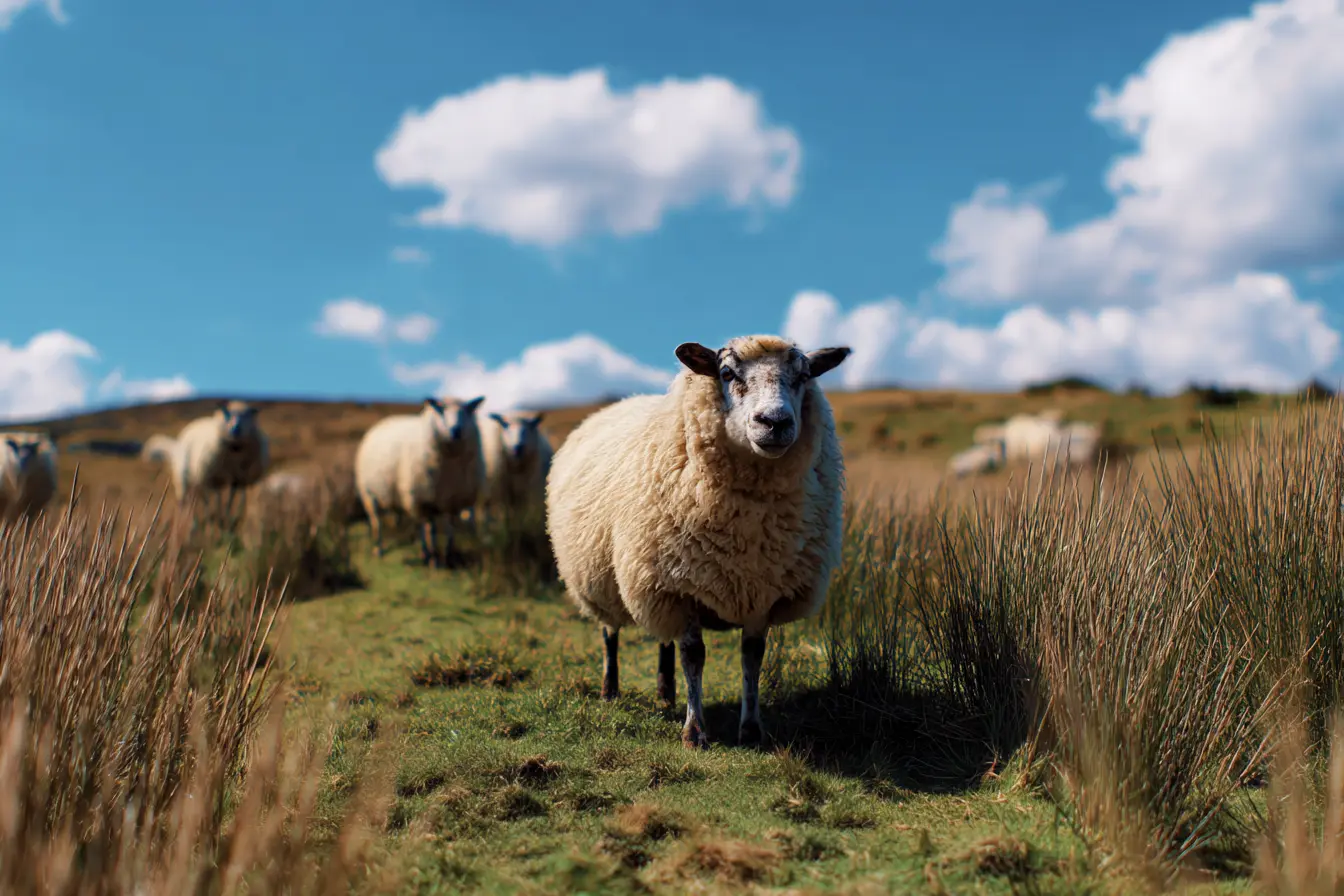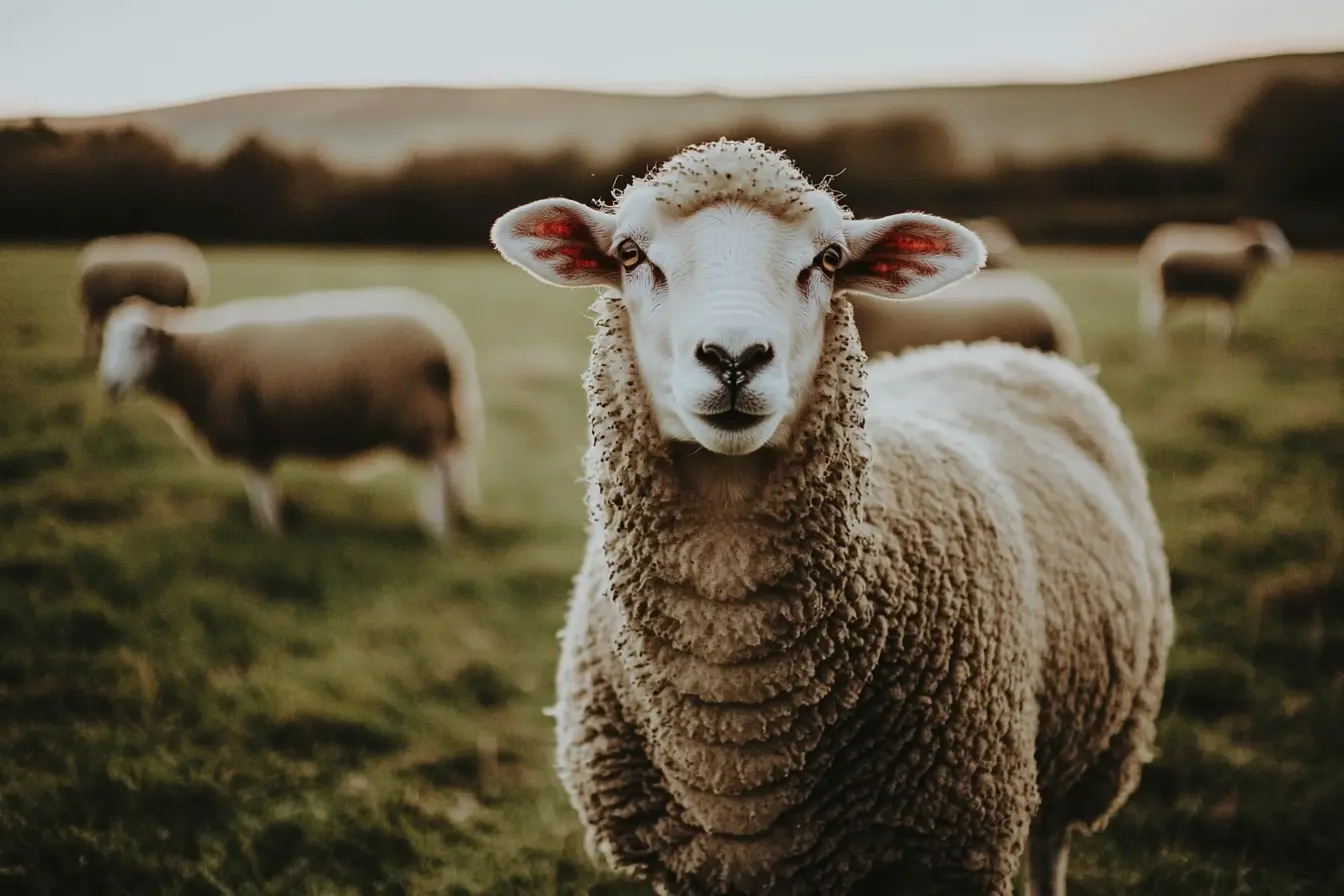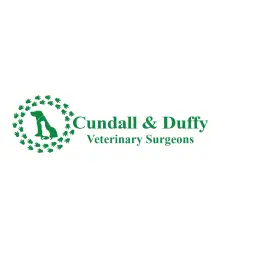
A Guide to Common Illnesses in Sheep and Symptoms to Watch For
Sheep are hardy animals, but like any livestock, they are vulnerable to a range of illnesses. For sheep owners, understanding the common diseases and health issues your flock may encounter is essential for early intervention and maintaining a healthy herd. Below is a guide to common sheep illnesses, their symptoms, and the actions you should take to protect your flock.
Foot Rot
Symptoms to Watch For
- Lameness
- Swelling and redness between the toes
- Foul-smelling discharge
- Hoof separation
Action
Foot rot is a bacterial infection that thrives in wet, muddy conditions. Regular hoof trimming and keeping your sheep’s environment dry can help prevent it. If you notice signs of foot rot, isolate affected sheep and treat them with antibiotics or a foot bath containing zinc sulphate. Consult your vet for severe cases.
Flystrike (Myiasis)
Symptoms to Watch For
- Restlessness or agitation
- Constant tail shaking or nibbling at affected areas
- Foul smell
- Visible maggots on the sheep’s fleece or skin
Action
Flystrike occurs when flies lay eggs on the sheep, and the resulting maggots eat into the flesh. Prevention includes regular shearing, crutching (removing wool around the tail), and applying fly repellent. If flystrike is present, shear the affected area, remove maggots, clean the wound, and apply a suitable insecticide. Severe cases may require veterinary attention.
Scours (Diarrhoea)
Symptoms to Watch For
- Loose, watery stools
- Dehydration
- Weakness
- Weight loss
Action
Scours can be caused by parasites, bacteria, or poor nutrition. If you notice scouring, isolate the affected sheep and ensure they have access to clean water. Administer electrolytes to prevent dehydration and consult your vet to identify the underlying cause. Regular worming can help prevent parasite-related scours.
Orf (Contagious Pustular Dermatitis)
Symptoms to Watch For:
- Scabby lesions on the lips, mouth, and nose
- Lesions on udders and feet
- Difficulty feeding in lambs
Action
Orf is a highly contagious viral disease that can spread to humans. There is no cure, but you can vaccinate your flock to reduce the risk. If orf is present, isolate affected sheep, disinfect feeding equipment, and provide supportive care to prevent secondary infections.
Mastitis
Symptoms to Watch For
- Swollen, hard udder
- Pain when touched
- Discoloured milk or clots
- Fever
- Loss of appetite
Action
Mastitis is a bacterial infection of the udder. Immediate veterinary treatment is necessary. Treatment typically includes antibiotics and anti-inflammatory medication. Prevent mastitis by ensuring good hygiene during lambing and regular checks of lactating ewes.
Pneumonia
Symptoms to Watch For
- Coughing
- Laboured breathing
- Nasal discharge
- Fever
- Lethargy
Action
Pneumonia in sheep can be caused by bacterial or viral infections, often triggered by sudden weather changes or stress. Ensure the sheep have access to shelter and are not overcrowded. If pneumonia is suspected, consult your vet for treatment, which may include antibiotics and supportive care.
Lameness (Various Causes)
Symptoms to Watch For
- Limping or reluctance to walk
- Swollen joints
- Heat in the hoof
- Discharge or foul smell from the hoof
Action
Lameness can be caused by several conditions, including foot rot, scald, or abscesses. Regular hoof trimming and maintaining clean, dry pastures can help prevent lameness. Treat minor infections with foot baths and more serious cases with antibiotics as advised by your vet.
Internal Parasites (Worms)
Symptoms to Watch For
- Weight loss
- Diarrhoea
- Anaemia (pale gums)
- Poor coat condition
- Bottle jaw (swelling under the jaw)
Action
Internal parasites are a common issue in sheep. Regular worming is essential, but overuse of dewormers can lead to resistance. Work with your vet to establish a strategic worming plan based on faecal egg counts. Rotating grazing pastures can also help reduce the worm burden.
Clostridial Diseases
Symptoms to Watch For
- Sudden death (often the first sign)
- Stiffness or muscle spasms
- Difficulty breathing
- Abdominal pain
- Blood-stained diarrhoea
Action
Clostridial diseases, such as tetanus and pulpy kidney, are caused by bacteria present in the environment. Vaccination is the best way to protect your sheep. Ensure all sheep are up to date with their vaccinations, particularly before lambing.
Pregnancy Toxaemia (Twin Lamb Disease)
Symptoms to Watch For
- Lethargy
- Loss of appetite
- Weakness or inability to stand
- Neurological signs (e.g., blindness or head pressing)
Action
Pregnancy toxaemia occurs in late pregnancy when ewes cannot meet their energy needs. It is more common in ewes carrying twins or triplets. Prevention includes ensuring ewes receive adequate nutrition, particularly in the final weeks of pregnancy. If you suspect pregnancy toxaemia, contact your vet immediately for treatment, which may include glucose supplementation.
General Health Management Tips for Sheep
- Regular Health Checks: Observe your sheep daily for any signs of illness or unusual behaviour.
- Vaccination Programme: Work with your vet to establish a vaccination schedule to protect your flock from preventable diseases.
- Clean Environment: Keep housing and pastures clean and dry to reduce the risk of infections.
- Provide a Balanced Diet: Ensure your sheep have access to good-quality forage, minerals, and fresh water.
- Good Biosecurity: Minimise the risk of disease introduction by controlling visitor access and isolating new sheep before introducing them to the flock.
By recognising the signs of common illnesses and taking prompt action, you can keep your sheep healthy and thriving. Always consult with a vet if you are unsure about any symptoms or health issues in your flock. Prevention and early intervention are key to successful sheep farming.
Vets near you
Speciality vets
- Aquatics vet specialists
- Birds vet specialists
- Camelids vet specialists
- Cats vet specialists
- Cattle vet specialists
- Deer vet specialists
- Dogs vet specialists
- Equines vet specialists
- Exotic vet specialists
- Goats vet specialists
- Pigs vet specialists
- Poultry vet specialists
- Sheep vet specialists
- Small Mammals vet specialists
- Wild vet specialists
